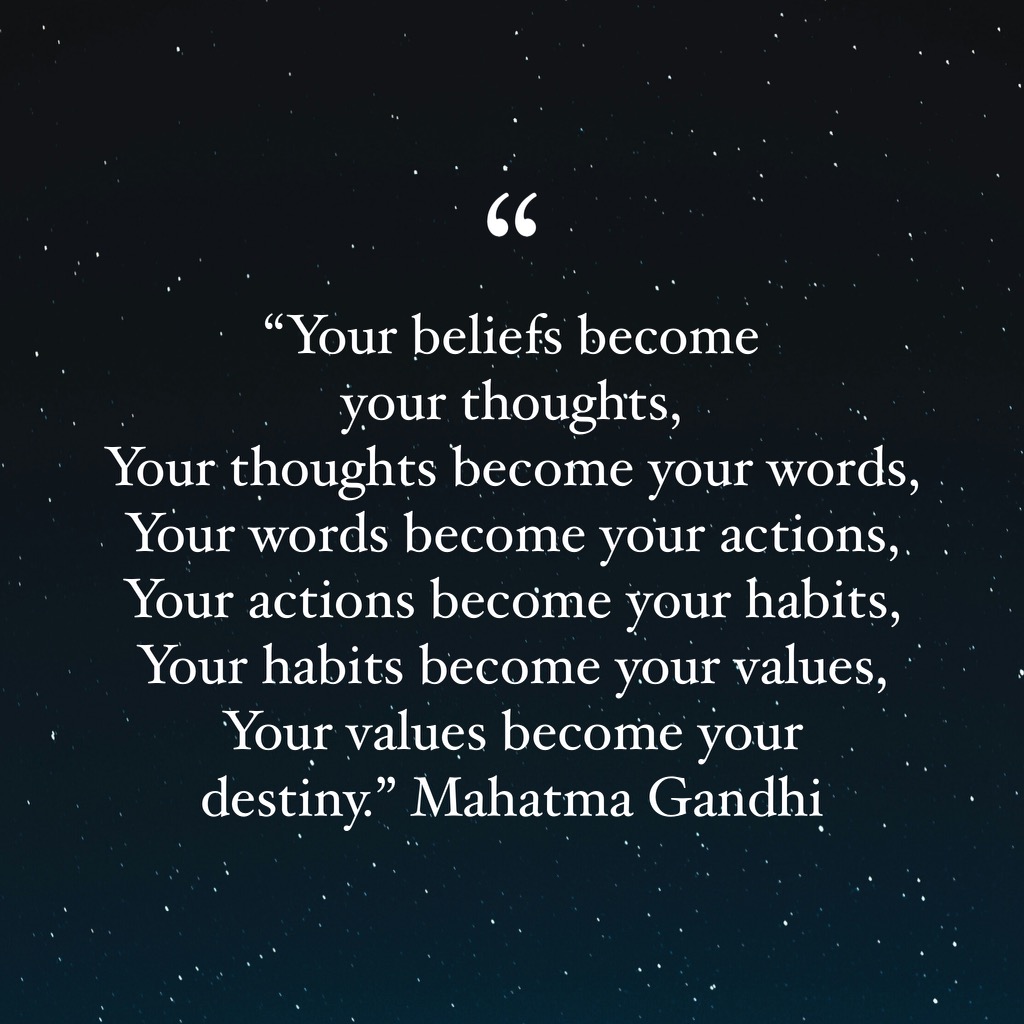“Optimism is the faith that leads to achievement. Nothing can be done without hope and confidence.” – Helen Keller
I have a question for you. How do the people closest to you describe you? Would they say you are a doom and gloom thinker who catastrophizes everything or would they say you are a confident person who has the ability to see your circumstances through a positive lens?
As we continue this series of Walking through the Storm with Confidence, my goal and my vision remain the same: to help you grow in resilience.
Resilience is the science of mastering life’s greatest challenges and bouncing back from adversities stronger.
As we continue to use the strengths you already have inside of you to help you build resilience, today’s strength packs a powerful punch. According to research, people who use this strength perform better in school, work, and on the playing field. Basically, they show increased performance in every area of their life.
The benefits of maximizing this strength are not limited solely to performance. Studies show that this strength combats the negative effects of stress while at the same time boosting your immune system.
What is this miracle strength? It’s optimism.

Optimism
Optimism is a belief in a brighter future. It serves as a fuel that ignites resilience and provides energy to power the other resilience factors.
At this point you might wonder if this is Pollyanna thinking; an excessively cheerful mindset that wants to pretend that all is sweet and light while hiding from reality.
While some people are overly optimistic and make decisions based on a false sense of reality, that is not what I am encouraging you to do. That is the definition of a dangerous mindset.
Realistic Optimism
I am not talking about blind or misguided optimism; I am describing realistic optimism.
One of the things resilient people do is assess their obstacles realistically and come up with a plan to overcome them.
Contrary to what most people believe, optimism is not a gift granted to a select few. While optimistic people are influenced by their personality traits and childhood experiences, research strongly indicates that optimism is a skill that can be learned.
That is very good news.
It is important to note that because of the negativity bias that we all face, the majority of us have to work on developing optimism; but is it possible.
3 Ways to Cultivate Optimism
- Intentionally Choose
Your first step in cultivating optimism is to intentionally choose to do so.
Intention is generally viewed as a pit bull type of fortitude; a mental state that is committed and determined to carry out the intended action.
To rise above the negativity bias and a pessimistic mindset, you must choose to be intentional about cultivating an optimistic mindset.
If you tell your brain you are going to be intentional, your brain will do everything it can to help you realize that goal.

- Create Awareness
To grow in optimism, it’s important to recognize what living a life of negativity and pessimism costs you.
- What does that dark, gloomy cloud hanging over you feel like?
- How do people around you react when you are negative and complaining?
- What does worry and catastrophizing your circumstances give you in return?
Negative emotions create a downward spiral and narrow your focus; they drag you into a pit. People who get stuck in negative emotions typically have a pessimistic viewpoint.
People with negative mindsets are more prone to become easily discouraged when facing obstacles; they have a habit of giving up quicker and tend to be defensive.
All emotions serve a purpose. A small amount of negative emotion can prove to be helpful, however, getting stuck in a negative emotional state or mindset is what leads to problems.
How are these negative thought patterns and feelings holding you back from what you want to do and who you want to be?
Identifying what you don’t want to feel will help you be intentional about building what you do want to feel.
- Cultivate Positive Emotions
Positive and negative emotions perform different functions in your life. The goal is to create a healthy balance of emotions from which you can tap into.
Over time, as you start training yourself to identify your emotions, you will subsequently learn how to cultivate the emotions you want. This is strategic to overcoming a pessimistic mindset and building an optimistic one.
Positive emotions create an upward spiral and broaden your perspective. This promotes a growth and optimistic mindset.
One way to cultivate optimism is to ask yourself questions:
- What are you inspired by?
- When are you the happiest?
- What are you grateful for?
- What are you in awe of?
As you find answers to these questions, take note of how positive emotions make you feel. Positive emotions help fuel your authentic energy which fuels motivation which fuels behavior.
Healthy emotions are in your strength zone; they are your friends and can help you move the needle towards optimism so you can more easily overcome adversity and grow in resilience.
Own Your Thoughts
I’m not going to lie; overcoming the negativity bias is real. Cultivating optimism is not a walk in the park, but it is very attainable and worth every bit of effort you put into it.
Taking small actionable steps towards changing your mindset every single day will transform your thinking.
Owning your thoughts will take you from a sulky doom and gloom person to a confident powerhouse. All while giving you a life filled with so much more purpose, hope, resilience, and yes; optimism.
Be Optimistic,
Rita
Always remember – Nothing is Impossible
I have created this anti-anxiety and anti-stress tool kit, proven by science, to help you reduce anxiety and stress. I guarantee you that if you implement some of these ideas and use these tools; you will navigate this uncertainty boat like a highly skilled Captain.
- When Your Brain Lies to You: Series Summary - April 30, 2025
- When Your Brain Lies to You: Rewiring Your Brain for Confidence - April 21, 2025
- When Your Brain Lies to You: The Other Shoe Effect - April 15, 2025
